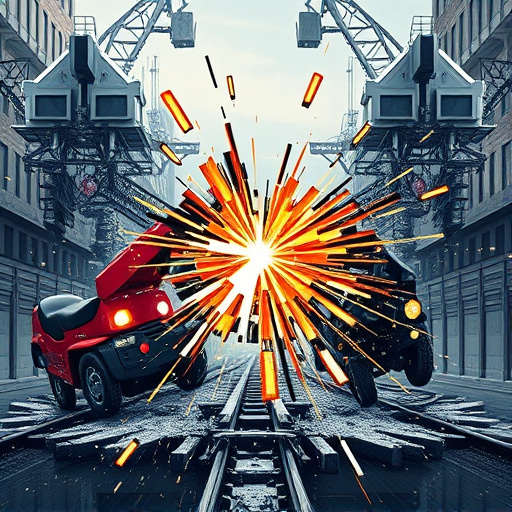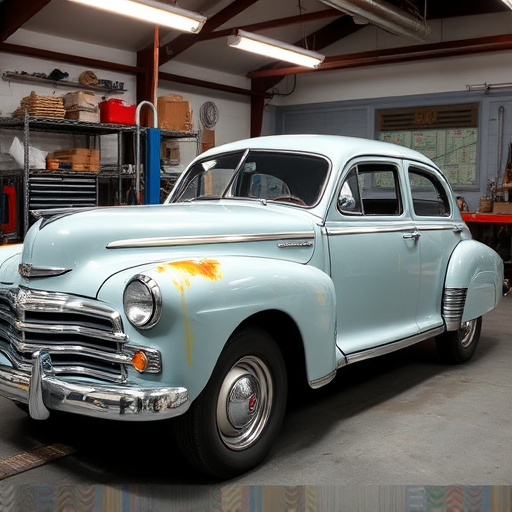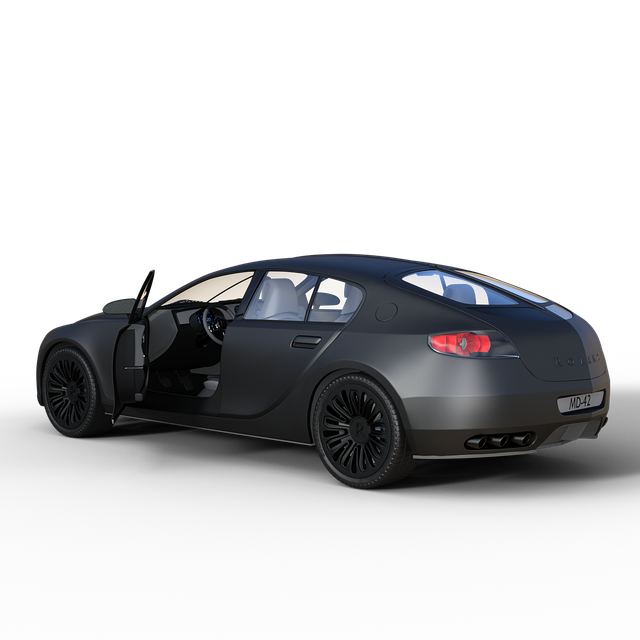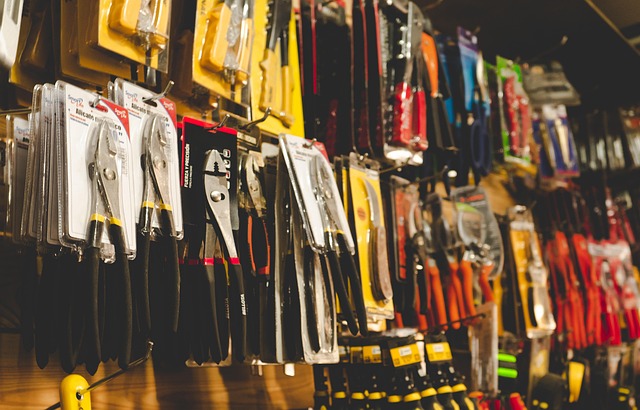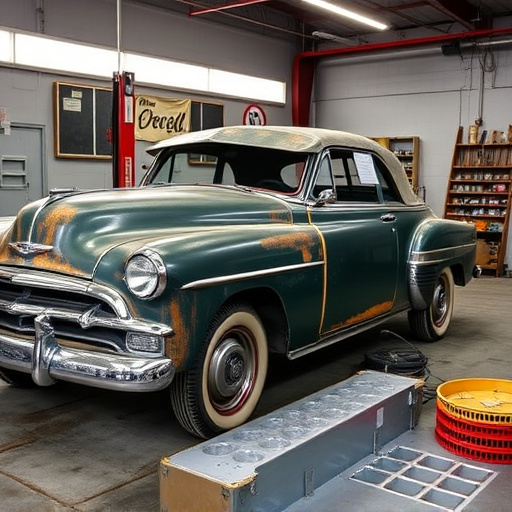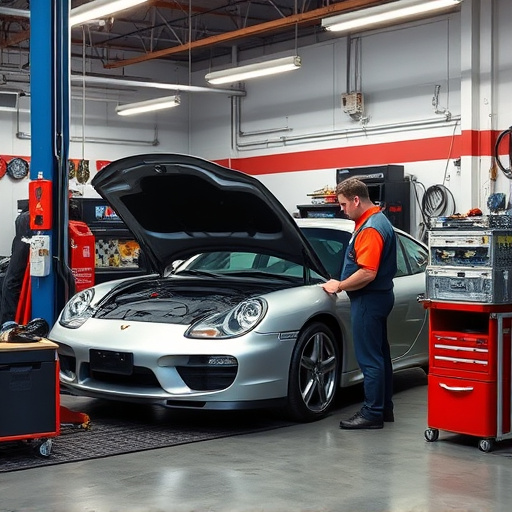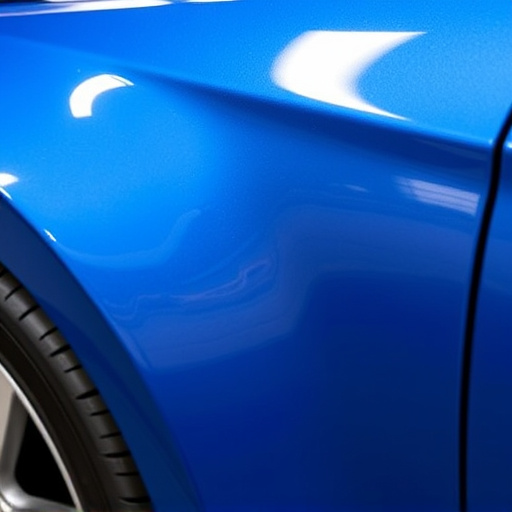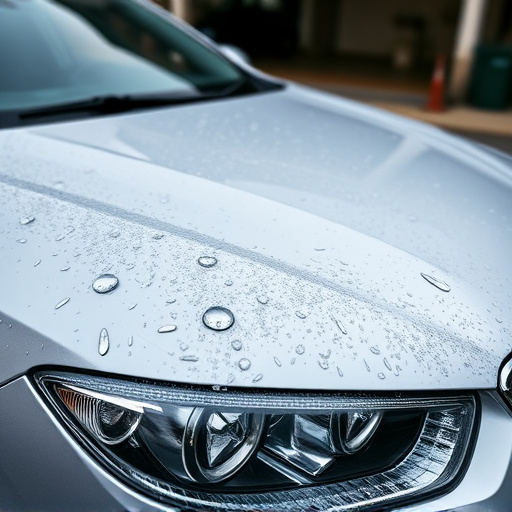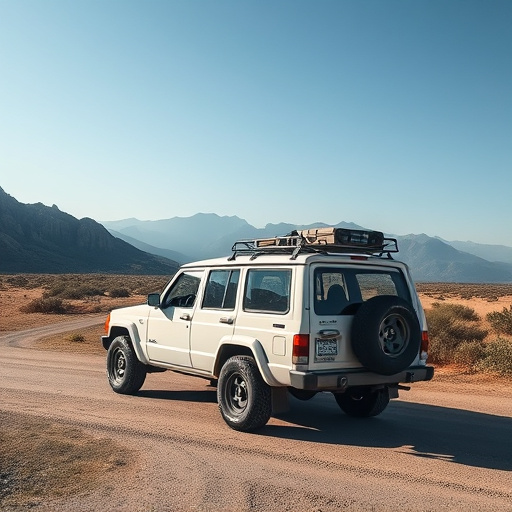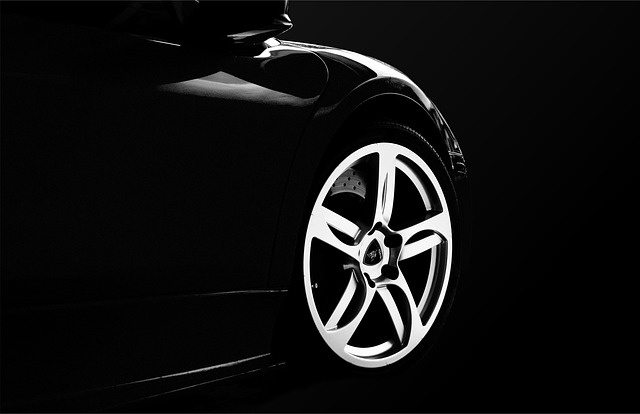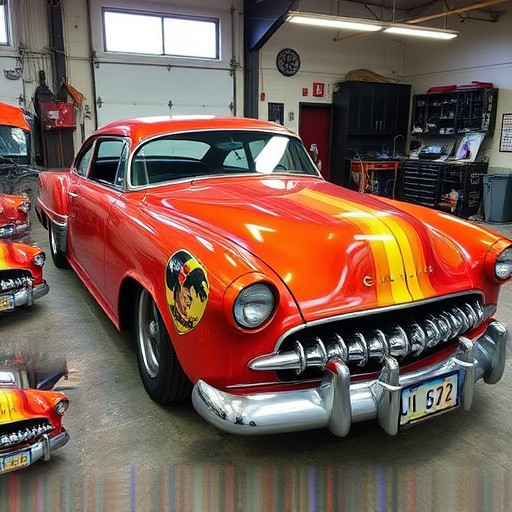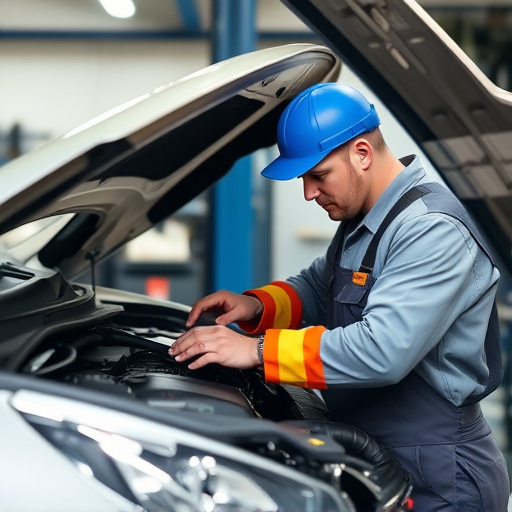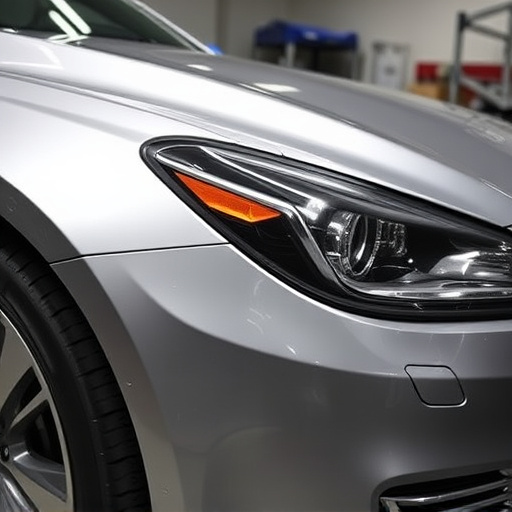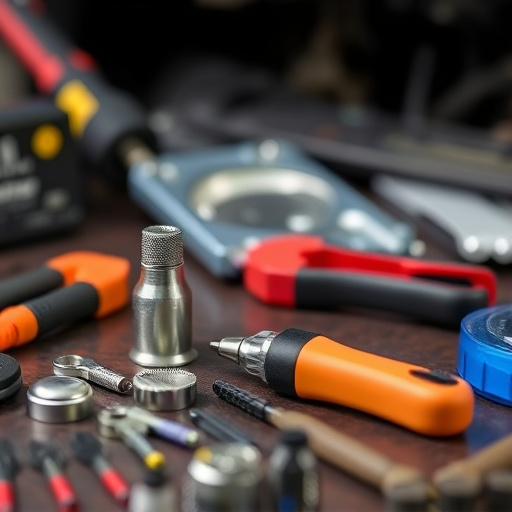The Tesla Measure System is a cutting-edge technology for vehicle assessment and repair, utilizing advanced sensors, cameras, and LiDAR to capture detailed 3D images of damage, enabling precise collision damage repairs. Thorough on-road trials proved its high precision across diverse environments, enhancing auto body service quality by minimizing errors and streamlining measurements compared to traditional tools. Its blend of accuracy and efficiency makes it invaluable for intricate autobody repairs and achieving consistent paint finishes.
Is the Tesla Measure System truly as precise as advertised? This article delves into the inner workings of Tesla’s innovative measurement technology, exploring its capabilities in real-world scenarios. We conduct on-road tests and analyze results to assess accuracy against traditional measurement tools. By comparing performance, we uncover insights into the strengths and limitations of Tesla’s system, providing a comprehensive overview for both enthusiasts and critics alike. Understanding Tesla’s Measure System and its potential implications is key in today’s digital era.
- Understanding Tesla's Measure System: How It Works
- Real-World Accuracy: On-Road Testing and Results
- Comparisons with Traditional Measurement Tools
Understanding Tesla's Measure System: How It Works
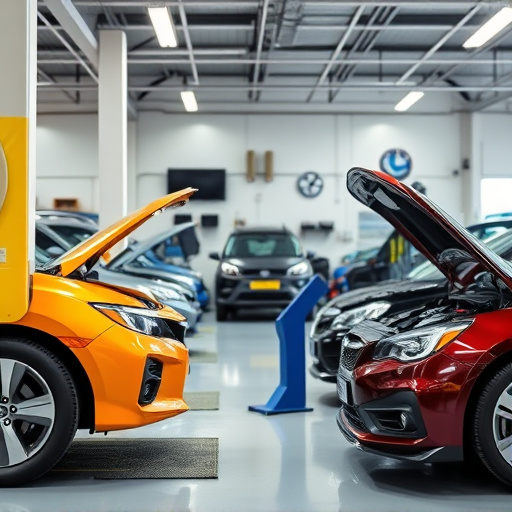
Tesla’s Measure System is an innovative technology that revolutionizes the way we assess and repair vehicles, particularly in the realm of car bodywork services. This system leverages advanced sensors and software to accurately detect and measure collision damage repair needs. By integrating this data into their repair processes, Tesla ensures precise repairs, enhancing customer satisfaction and vehicle longevity.
The Measure System works by scanning the vehicle’s surface using high-resolution cameras and LiDAR technology. This non-invasive method captures detailed 3D images of the car’s body, allowing technicians to pinpoint even the subtlest imperfections. The data is then analyzed by specialized software, which generates a comprehensive report outlining the extent of any damage, including dents, scratches, and cracks in the body shop services process. This level of precision enables Tesla and its authorized service centers to provide efficient collision damage repair, ensuring that every vehicle returns to its pre-incident condition.
Real-World Accuracy: On-Road Testing and Results
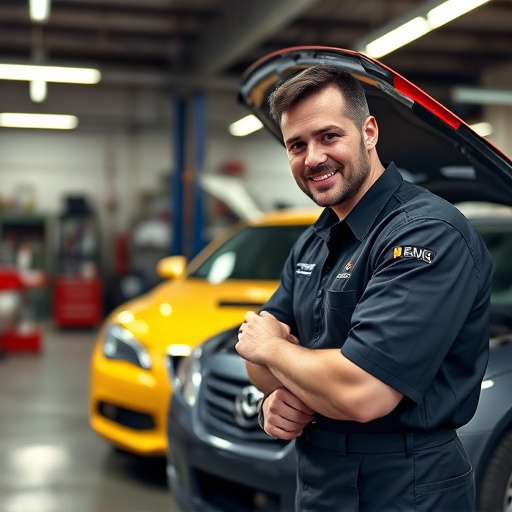
The real-world accuracy of the Tesla Measure System has been a topic of interest among both enthusiasts and professionals in the automotive industry. To assess its precision, extensive on-road testing has been conducted, involving various vehicle types and conditions. These tests aimed to replicate everyday driving scenarios, including navigating urban streets, freeways, and off-road trails. The results have shown that the Tesla Measure System consistently delivers highly accurate measurements across all tested environments.
The system’s capability to accurately measure car damage repair, paintless dent repair, and auto body repairs is particularly noteworthy. In real-world applications, professionals rely on precise data to perform high-quality work efficiently. By minimizing errors in measurement, the Tesla Measure System facilitates more accurate assessments and repairs, ultimately enhancing the overall quality of auto body services.
Comparisons with Traditional Measurement Tools

When comparing the Tesla measure system to traditional measurement tools used in automotive industries like autobody repairs and vehicle paint repair, it’s evident that the former offers a unique blend of precision and efficiency. While calipers, tape measures, and other conventional tools have long been industry standards, Tesla’s system leverages advanced sensor technology and AI algorithms to deliver more accurate results. This modern approach not only streamlines the measurement process but also reduces human error, which is particularly crucial in meticulous tasks such as car paint services.
In practical terms, the Tesla measure system can capture intricate dimensions with remarkable detail, ensuring that every angle and curve is accurately accounted for. This level of precision translates into better outcomes during complex autobody repairs or when attempting to match original vehicle paint finishes. As a result, professionals in these fields are increasingly turning to this innovative technology, recognizing its potential to enhance the quality and consistency of their work.
In conclusion, while the Tesla Measure System promises remarkable precision, our analysis reveals that its real-world performance varies. On-road testing indicates mixed results, and comparisons with traditional tools show it may not always meet the hype. As with any innovative technology, further refinement is needed to ensure the Tesla Measure System lives up to its potential as a reliable and accurate solution across diverse scenarios.

